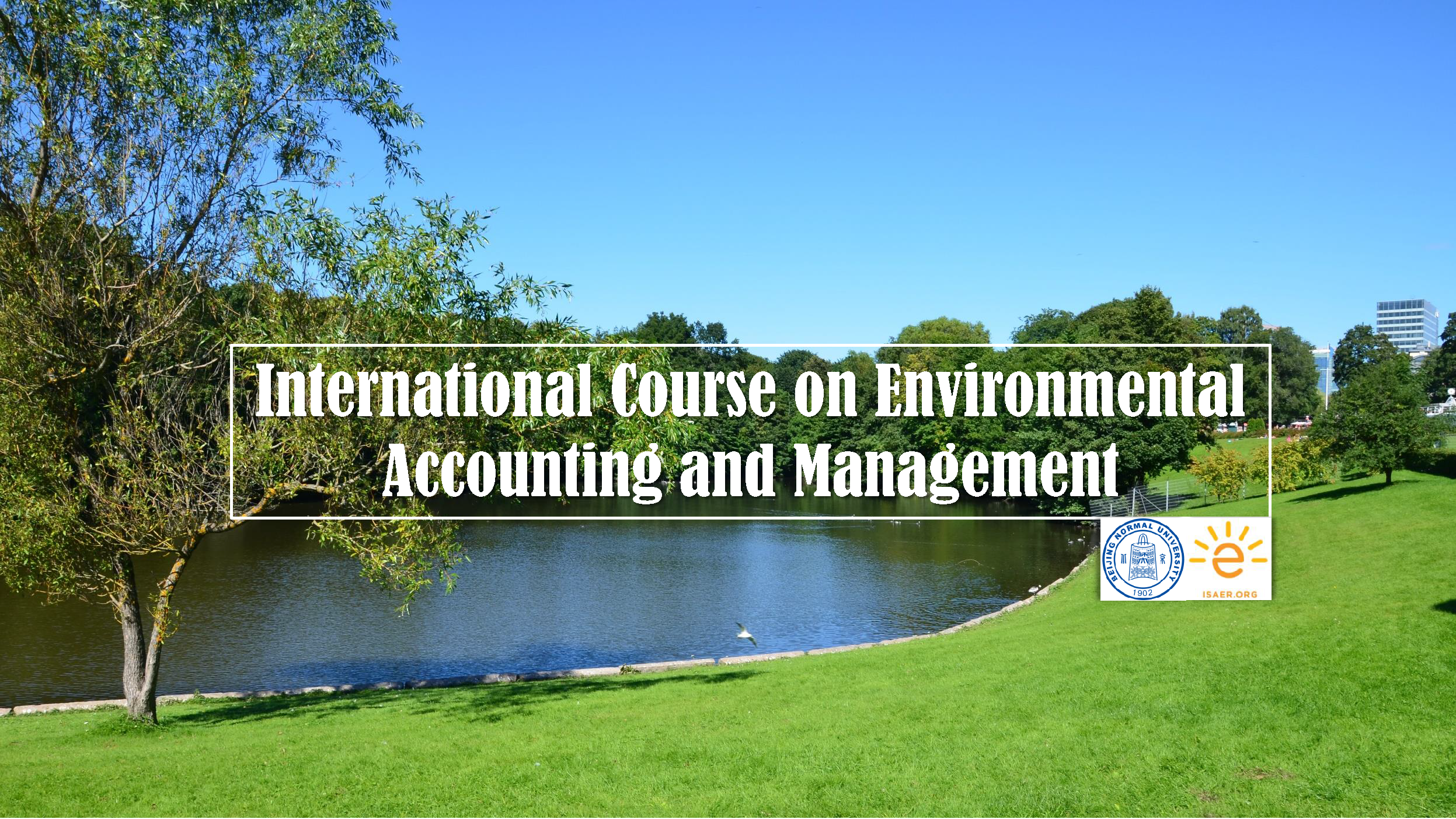
Environmental Accounting and Management课程简介:前往报名学习

This is emergy theory course authorized by International Society for the Advancement of Emergy Research (ISAER)
播放:156次,课程ID:4097532

This is emergy theory course authorized by International Society for the Advancement of Emergy Research (ISAER)
--Chapter 0 - Introduction
--Chapter 1 - Integrating Biophysical & Economic Values: The Emerging Discipline of Emergy Analysis
--Chapter 2.1 - Systems Perspective: Drivers, Components, and Processes
--Chapter 2.2 A Systems Language-A picture is worth a thousand words
--Chapter 3.1 - Energy, Exergy and Thermodynamics: Thermodynamics, Maximum power, Hierarchies, and Mat
--Chapter 3.2 - Calculating Exergy of Materials & Energy Sources: Available energy using Gibbs Free E
--Chapter 4.1 - Emergy and Environmental Accounting: The Geobiosphere Emergy Baseline (GEB), Solar equ
--Chapter 4.2 - Emergy of Renewable Secondary and Tertiary Global Sources: Computation of primary, sec
--Chapter 5 - Emergy of Materials,Energy,and Finished Products: UEVs of non-renewable fossil fuels; UE
--Chapter 6 - Static Emergy Accounting: Emergy algebra, Emergy evaluation procedure , Static calculati
--Chapter 7 - Dynamic Emergy Accounting: Simulation of emergy and transformity, network analysis of em
--Chapter 8 - Emergy Evaluating Procedure: systems diagram, evaluation table, footnotes, summary diagr
--Chapter 9 - Emergy and the Economy: Emergy Money Ratio, “Value Added”, international trade, emergy
--Chatper 10 - Emergy Evaluation of Nations
--Chapter 11 - Emergy & Nations
--Chapter 12 - Emergy and Urban Systems: Understanding urban systems; Settlement location; Urban Hiera
--Chapter 13 - Emergy Evaluation of Ecosystems: What is a ecosystem? GPP & NPP; Succession; Emergy of
--Chapter 14 - Natural Capital and Environmental Services: What are ecosystem services? What is natura
--Chapter 15 - Emergy and Landscape Development Intensity
--Chapter 16 - Environmental Impact Assessment: Strip mining, power plants cooling, Everglades resto
--Chapter 17 - Environmental Impact Assessment: Evaluating impacts of oil spills
--Chapter 18 - Emergy Evaluation of Energy Alternatives: Net Emergy, Emergy Yield Ratio, Energy Return
--Chapter 19 - Wastes and Recycling
--Chapter 20 - Models of Economic Interface: Theory, models, and simulation of economic interfaces, ec
--Epilogue: Environmental Accounting and Management in Future

副教授,博士生导师。城市与区域生态研究所所长,欧盟能源项目外籍专家,发改委碳核查专家,北京市科协青年托举人才,国际能值协会(International Society for the Advancement Emergy Research)中国分会秘书长、国际清洁生产网络(Advances in Cleaner Production Network)亚太区主席等。 长期致力于城市生态规划与管理、城市资源能源精细核算、流域内城市和城市群系统模拟与优化方面的研究,主持多项相关课题研究,发表相关领域SCI论文100余篇,获得教育部科学技术进步奖1等奖,自然科学2等奖。担任ESCI期刊Journal of Environmental Accounting and Management管理编辑,Frontiers Sustainable Cities副主编,多个期刊编委。

Mark Brown教授,佛罗里达大学湿地与环境政策研究中心主任,北京师范大学高等学校学科创新引智基地(111计划)学术大师。师从系统生态学创始人H.T. Odum,主要研究领域为能源与环境政策、生态系统服务评估、湿地生态修复等方面,已发表和出版国际期刊文章和著作140余篇/部,文章引用5600余次(Google Scholar),H指数35。国际能值协会创始人,曾担任美国生态工业协会主席。

Sergio Ulgiati, 中国外专局高端外籍人才,北师大特聘教授,国际能值协会前主席,美国富布莱特奖获得者。2007年至今长期致力于链接中-意两国科研力量,共同研发城市循环经济理论、“零”排放技术并运用到管理实践之中。持续7年在北京师范大学开设环境核算与管理课程,参与学者来自五大洲12个国家。基于其长期的科研与教学工作,2016年获全球2.5%最高分研究者,同年获Odum环境政策研究中心的杰出科学家奖。